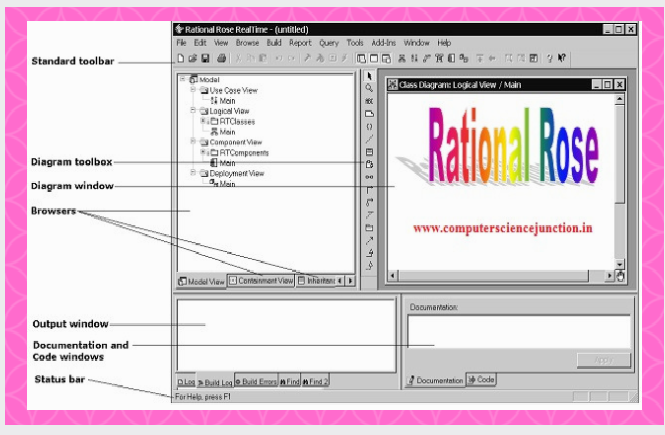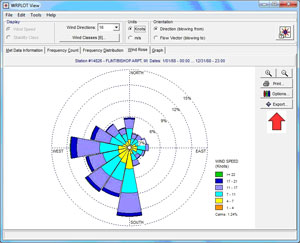
S3 has strike and dip of (113, 5) and s2 (-149, 56) respectively. In the example below s1 has max value of 0.68 and strike and dip are 19 and 34 respectively. FOC also plots the direction of maximum compressive stress s1, minimum compress stress s3 and null axis s2. When running SLICK with FOC, an input file foc.slick is made for selected events (making the corrections to strike of slip) and the output file is. The stress tensor has a corresponding slip angle, (average slip) and for each event the difference in slip angle for the individual event and the average slip is calculated as well as the average difference and standard deviation. The output is "file.oput" which gives the found stress tensor and the fit to the data, for details see Michael. Note that in SEISAN, strike of fault plane is used so the strike of the dip is strike of the fault plane+90 degrees. Running SLICK: slick "file", where "file" is a file with strike of dip, dip and rake. The method is explained in Michael where also examples are given with data available at the above web site. Program SLICK can be run as a separate program, but is normally run as part of FOC which prepares the input for SLICK and plots the output. In SEISAN, only the inversion part has been implemented so the error analysis is missing.

This method uses the linear inversion algorithm and non-parametric bootstrap statistics". Outputs are the orientation and shape of the stress ellipsoid, including confidence regions, and statistics used to judge the success of the inversion.

Inputs are the orientation and slip direction of a set of fault planes. This program is part of the Slick package doing the following quoting the author Michael "The slick package uses fault slip data (either field observations or from focal mechanism) to find the stress tensor that best explains the observations. 9 FOC: Plot many FPS, stress inversion and Rose diagram

Fault plane solution Previous: 23.8 Plotting fault plane Contents IndexĢ3. Next: 23.10 PLOTFOC, plotting fault Up: 23.


 0 kommentar(er)
0 kommentar(er)
